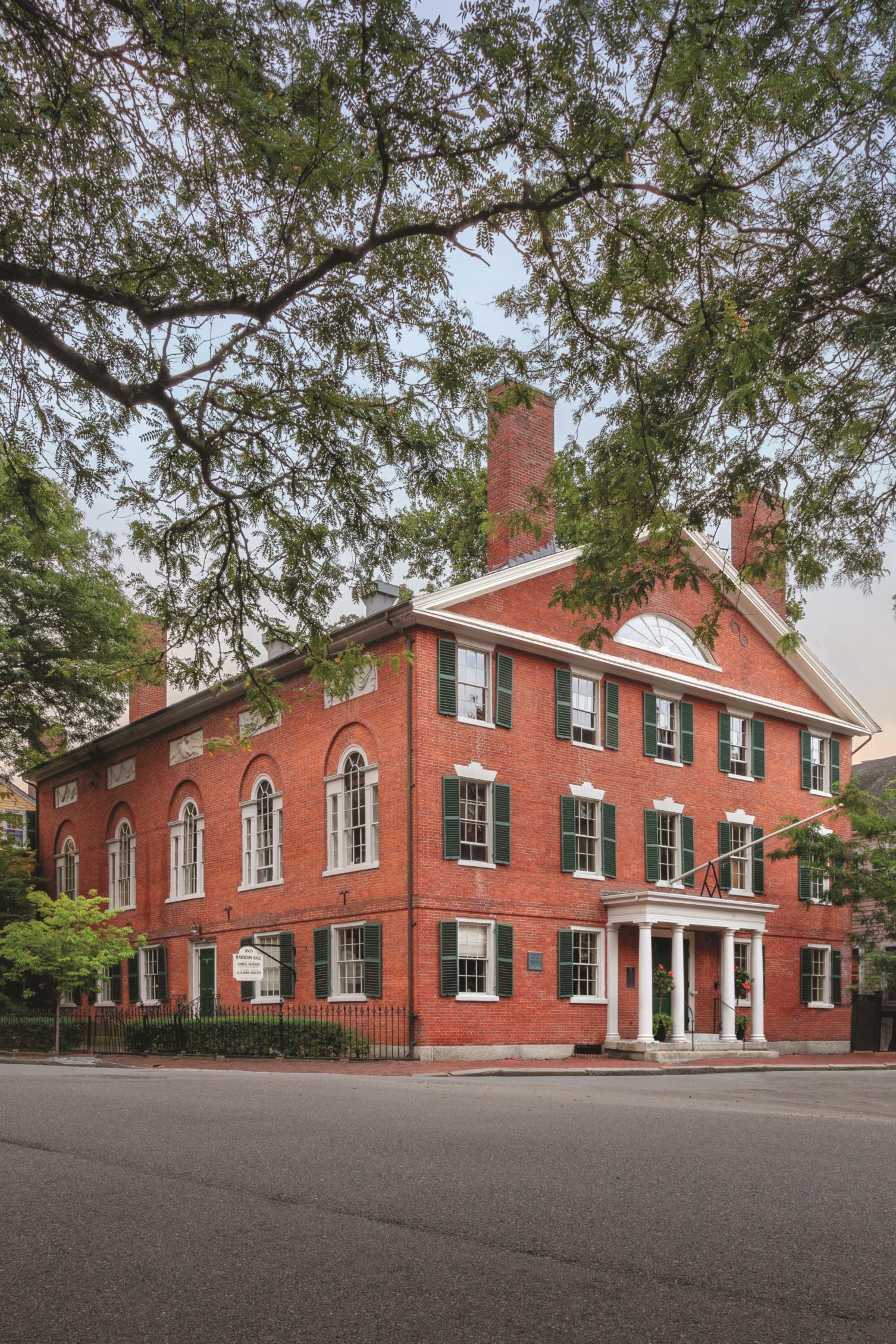For George Ford, Hamilton Hall in Salem is more than just an old New England assembly hall. It’s where his fourth-great-grandparents, John and Nancy Remond—leaders in the North’s abolitionist movement—lived and worked. Several years ago when Ford visited from San Francisco, he couldn’t stop touching everything in the historic building. “In Massachusetts, you preserve your history so well and maintain things so well.” he says. “It feels like I was walking in their footsteps.”
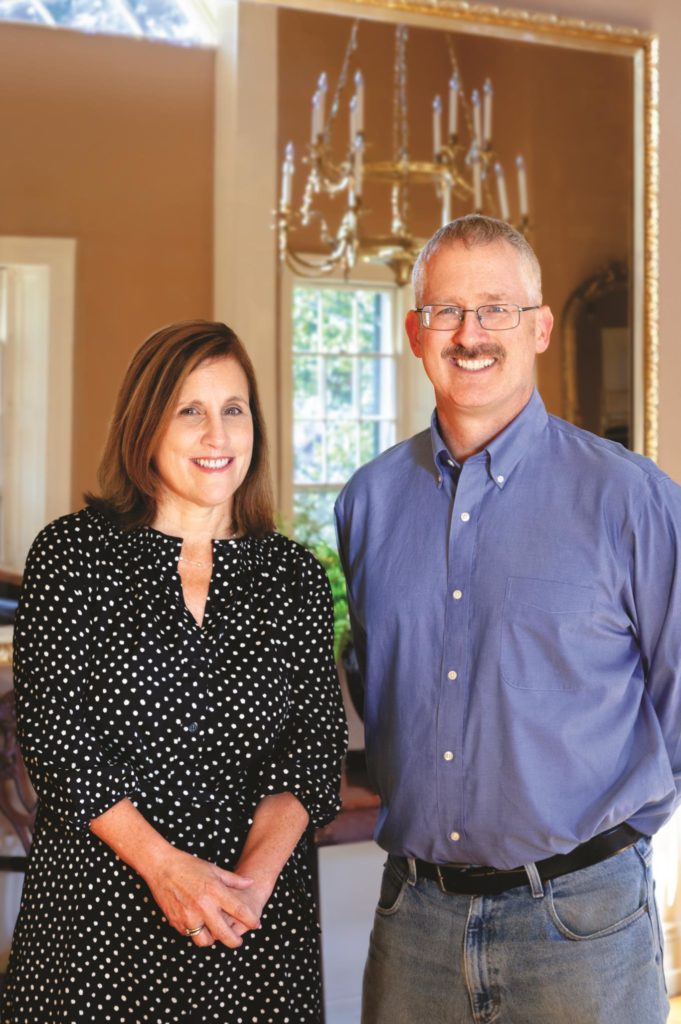
Providing a gathering place to dance, drink, and dine is a Hamilton Hall tradition that goes back more than 200 years, as is hosting lectures, weddings, and an annual Christmas Week Dance. Completed in 1805 during a turbulent time in our young nation, Hamilton Hall stands in Salem’s McIntire District, alongside other stately Federal-style mansions on Chestnut Street. The elegant building has seen its share of history. It hosted five of the first eight U.S. presidents as well as the Marquis de Lafayette, and both Teddy and Franklin Roosevelt attended social dances there as Harvard students.
Today there is a winter evening dedicated to Scottish dance and poetry as well as other social occasions designed to take advantage of the Samuel McIntire–designed “flexible” dance floor, developed to support the dancer’s endurance. In addition a special Ladies Committee hosts an ongoing annual lecture series devoted to world affairs in the hall, a tradition since 1946. Raising money to help with the repairs and upkeep of this Salem gem is an ongoing mission for the board of directors.
This is where the Remond family comes in. The year that Hamilton Hall was completed, John Remond, a free black man, “took up living quarters” in an apartment at the hall. He worked as a barber and a restaurateur. Over time, Remond became the preferred caterer and provisioner for all social events at the hall, including cooking for dinner parties. On the 200th anniversary of the Salem Settlement, he served a multicourse meal that included green turtle soup, oyster pies, roast partridges, and preserved quinces.
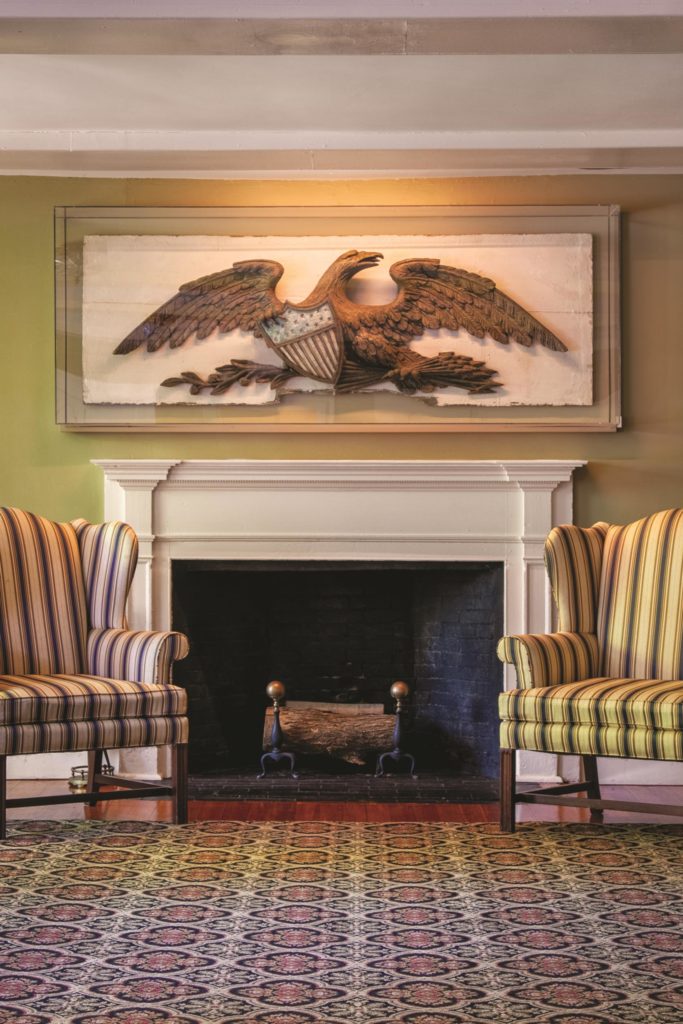
For over 50 years, the hall was home to all Remond’s activities, along with those of his wife, Nancy, and his growing family of eight children, who all lived for a time in the hall. “The Remond narrative is a great African American, American, and Salem story,” says Donna Seger, a history professor at Salem State University and board member at Hamilton Hall. Together, Seger and student Katherine Stone worked on Stone’s final senior project: developong the Remond family history for visitors to Hamilton Hall.
According to Seger, Redmond arrived in Salem in the summer of 1798 as a young boy, all alone. He had been sent north by his mother from his native Curaçao, where he would have seen signs of slavery. The owners of the brig that transported him quickly gave him work at their family bakery.
Seger wrote a post about the family on her blog, Streets of Salem: “I often think of John and Nancy as I work in my garden and look at its eastern wall, knowing that right on the other side was their home, their workplace, the birthplace of their children. I was stirring my tea this afternoon thinking about all that activity over there.”
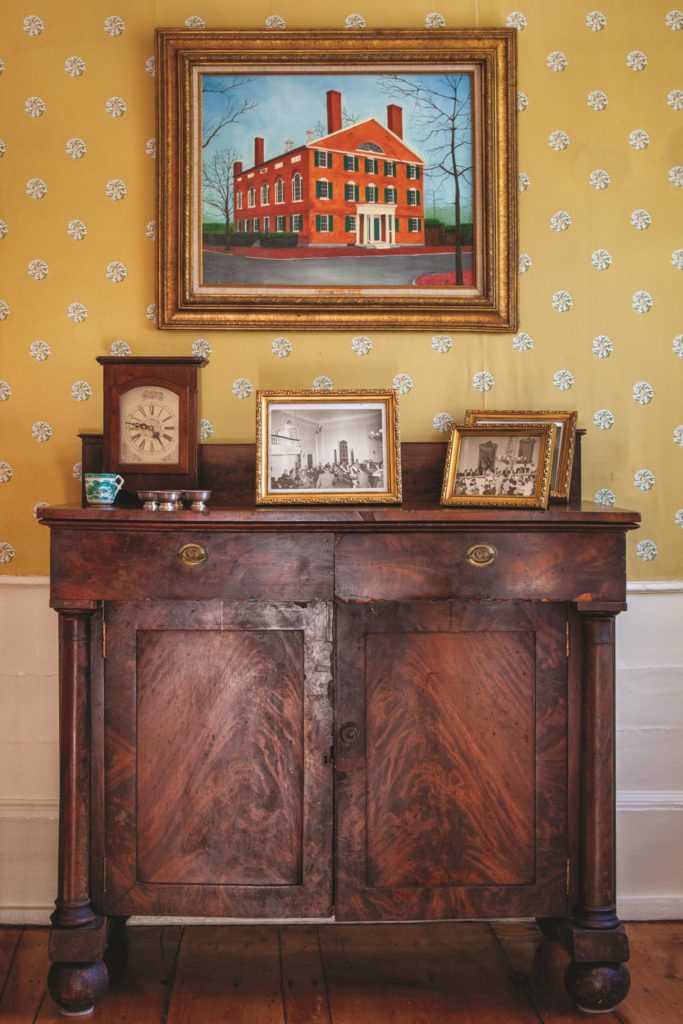
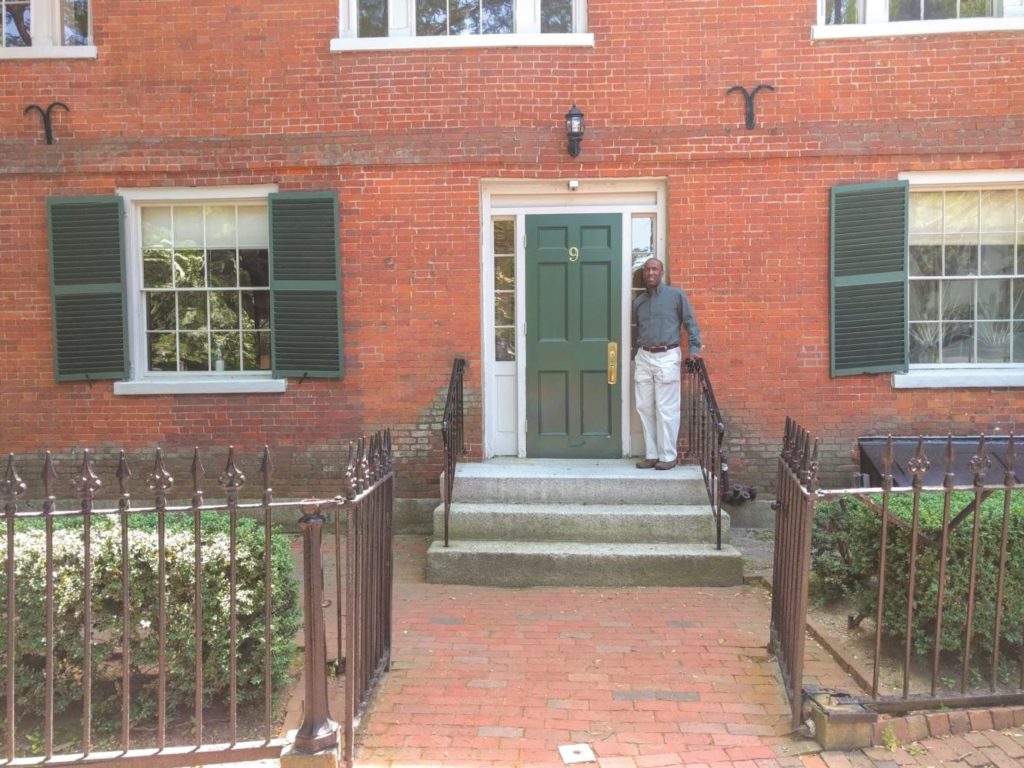
In October of 1825, Remond prepared dinner for the founders of the East India Marine Society, which is now the Peabody Essex Museum. An article in the Salem Observer described “a splendid dinner…to surpass everything of the kind witnessed in our country.”
John Remond’s enterprises were impressive. But so were his accomplishments outside the kitchen. Around Martin Luther King Day in 2015, the City of Salem claimed a strip of waterfront near the Salem/Beverly Bridge as Remond Park to honor the prominent siblings and abolitionist advocates Charles Lenox Remond and Sarah Parker Remond. Seger likes to think of the park as a tribute to the entire Remond family, as parents John and Nancy “created the material and cultural foundation that supported their children’s full-time advocacy against slavery.”
Hamilton Hall is a remarkably important site in African American history, says Seger, as it served as a safe haven from which the family could advance their causes. They were both active in the women’s suffrage movement and in desegregating Salem’s schools. They also advocated for ending the death penalty and desegregating the transportation system in Massachusetts. “They were complete social justice warriors,” Seger says.
Sharing this part of Salem’s history furthers Hamilton Hall’s objective to broaden its reach and better reflect the culture and population of Salem. “Remond was of African, Dutch, and Jewish heritage, and his diverse background serves to remind us that Salem has always been a diverse community,” says Michael Selbst, vice president of the board of directors. The hall has recently hosted the Salem Junior Prom and the local National Honor Society awards ceremony.
“The hall is a place for people to assemble and reflect on the past, enjoy the present moment, or plan for the future,” says board president Dan Randall. “Our mission is to serve all of Salem’s diverse community and highlight the extraordinary story of the Remond family is part of acknowledging the rich history of our city and Hamilton Hall.”
George Ford found out about his impressive family tree only after doing a search on ancestory.com. “Think how brave you have to be,” he says of the Remonds, “being free, black, and bold enough to push a little bit, right? That’s so incredibly challenging. Just staying alive and keeping your family living is tough, but having the energy to think beyond your family. We’re all heads down trying to keep ourselves alive, and it’s hard to think about the broader picture, but somehow that family was able to do it. That’s impressive and humbling.”
By the time the Remond children were grown, their family was established in Salem’s everyday life. Both John and Nancy had set strong examples for their children as members of antislavery societies and abolitionist circles. John worked as an agent of Freedom’s Journal as early as May of 1827 and became a lifetime member of the New England Anti-Slavery Society.
Charles and Sarah would go on to become big names within the movement, traveling the world to spread the word about slavery in the US. After Charles built a reputation as an effective orator in Massachusetts, he became a paid lecturer for the American Anti-Slavery Society and attended the World Anti-Slavery Convention in London. He continued his advocacy in the United States, though he was ultimately eclipsed by the man he once mentored, Frederick Douglass.
Sarah embarked on a speaking tour for the American Anti-Slavery Society, lived in Britain, and after the Civil War left for Italy, where she graduated from medical school and married an Italian.
Meanwhile, the Remond parents remained in Salem and opened their home to the young Charlotte Forten, the first African American woman to graduate from Salem State University, when her father sent her north from Philadelphia in the 1850s to attend Salem’s desegregated schools.
“The Remonds provided for their children,” says Seger, “and changed the world.”
contact hamiltonhall.org

